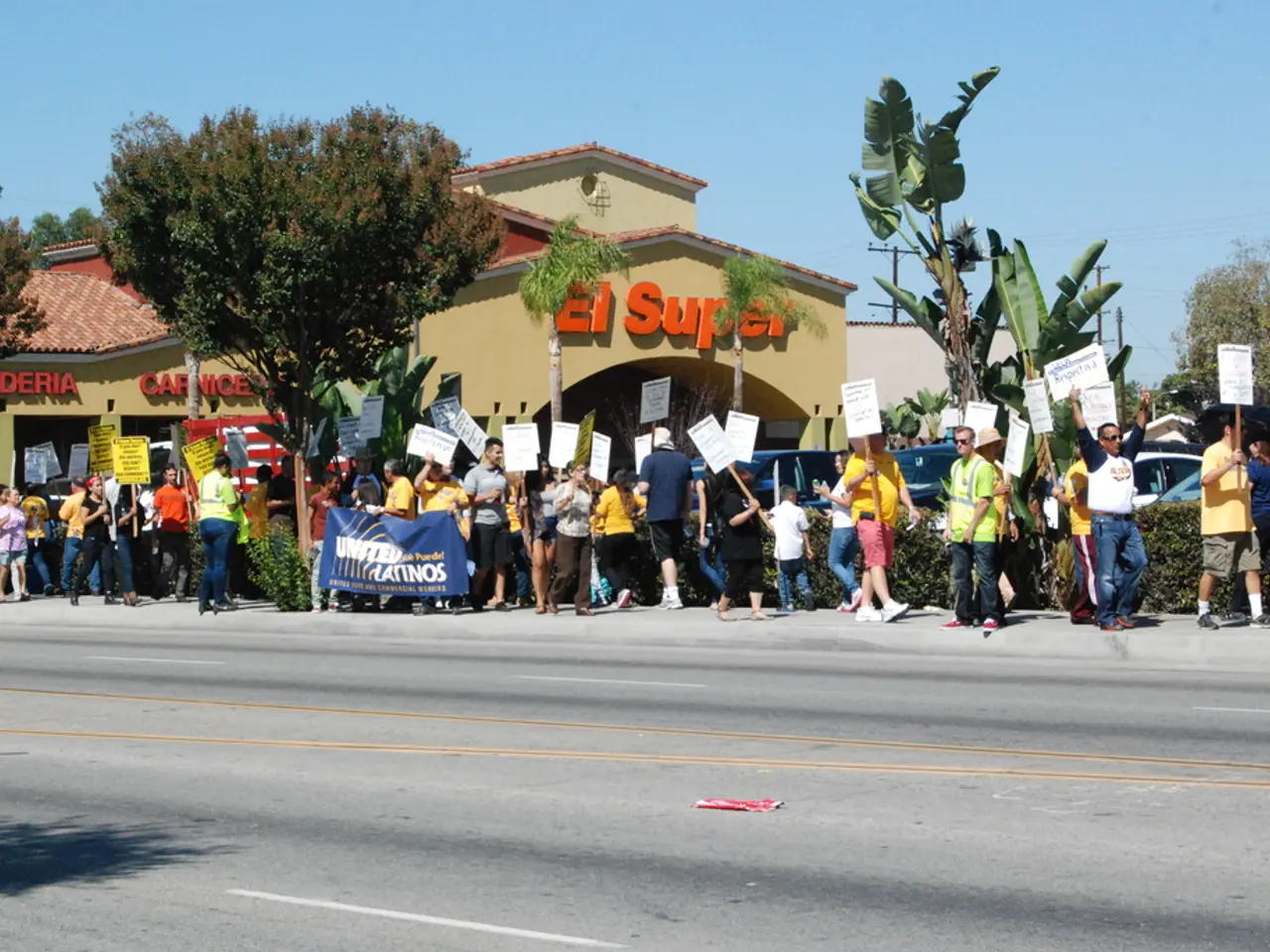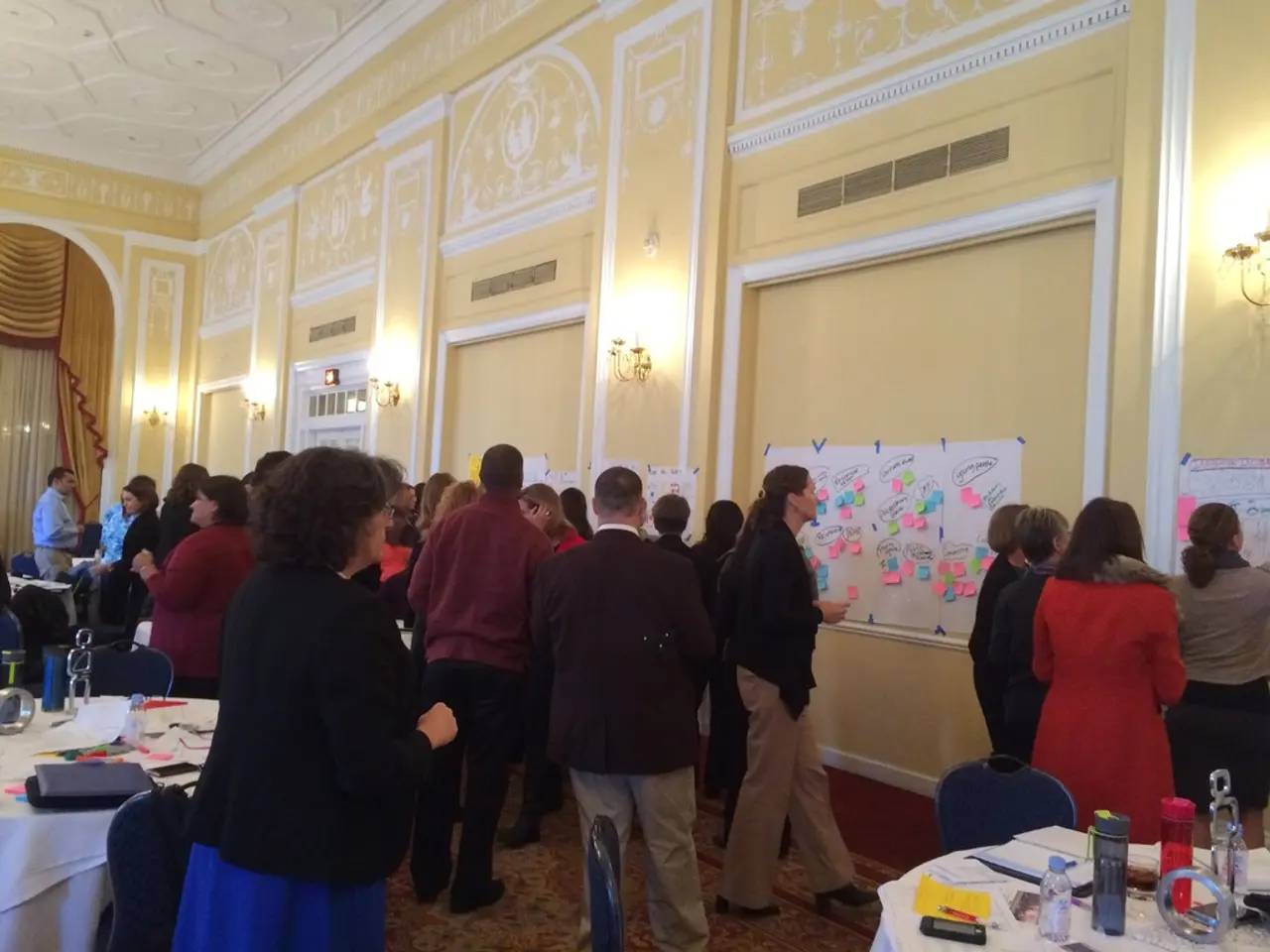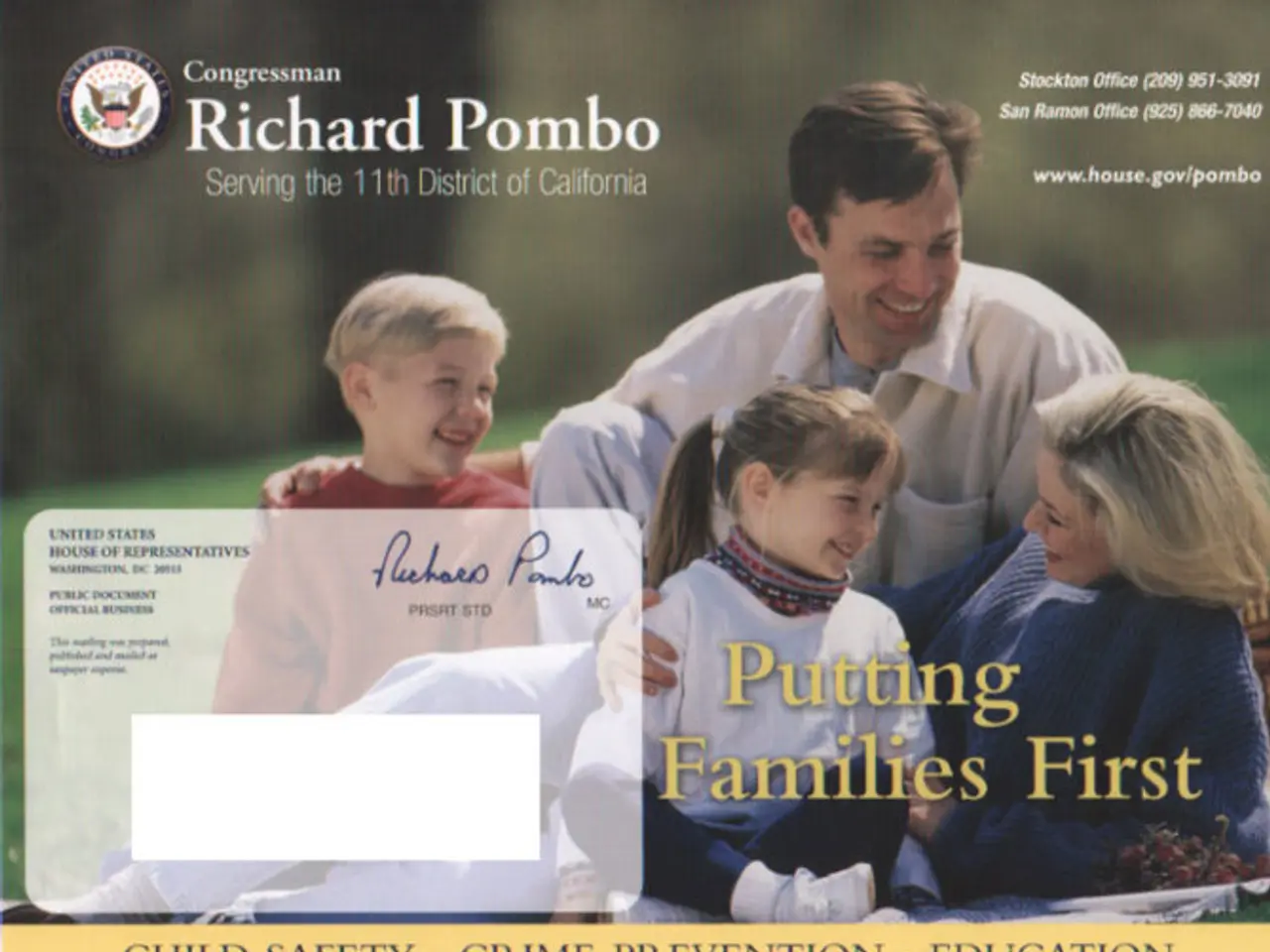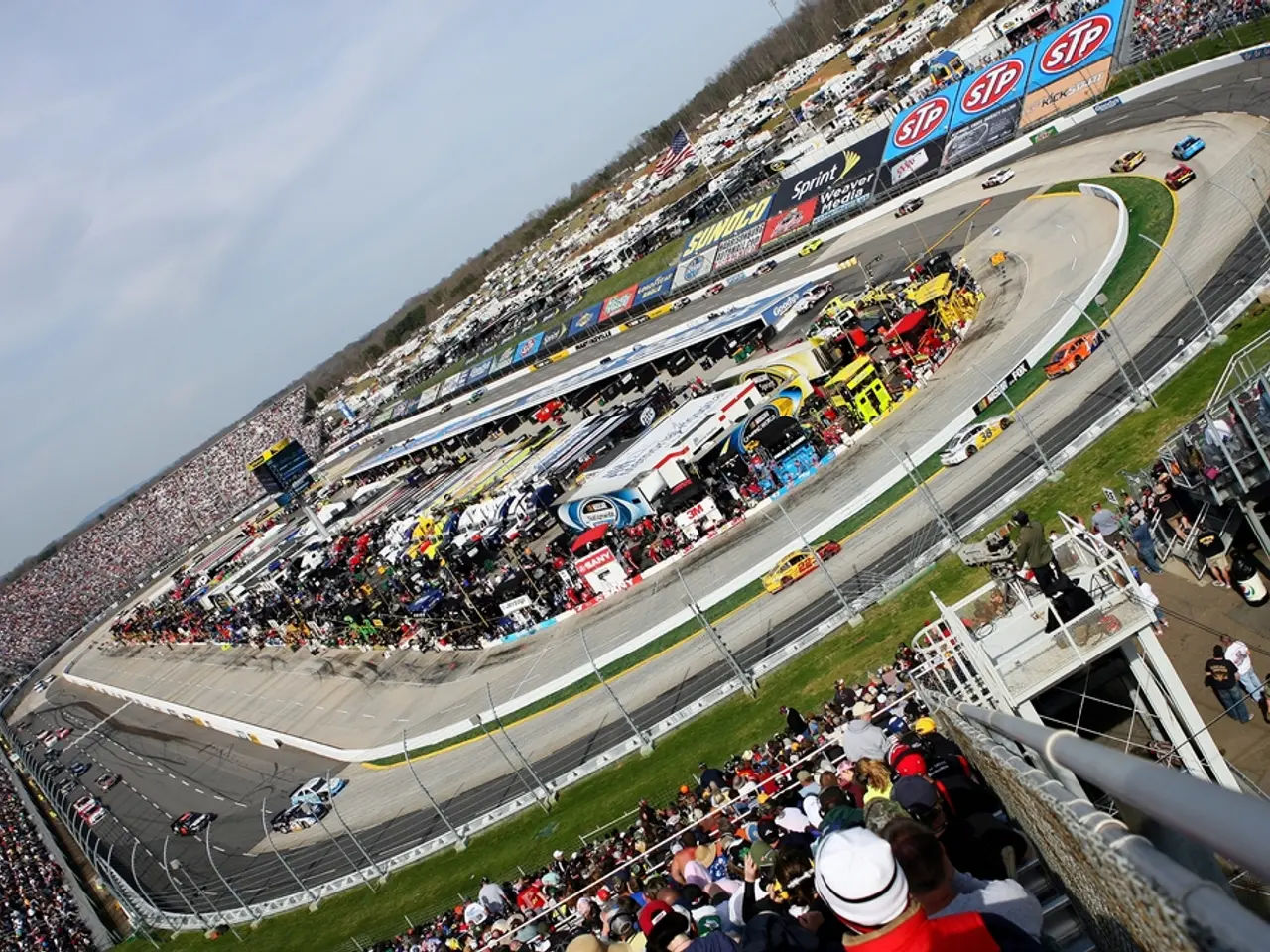Tale of Electoral Victories Through Political Data Analysis: Journey from Insights to Triumph at the Polls
In the dynamic world of politics, data storytelling has emerged as a powerful tool that is reshaping the landscape of political campaigns and strategies. This innovative approach enables campaigns to transform raw political data into compelling narratives that engage, persuade, and mobilize voters.
Political campaigns, in their quest to understand electoral behaviour, voter turnout, public opinion shifts, and voter targeting, are increasingly relying on data-driven approaches. Educational programs are training future political analysts in these methods, emphasizing the importance of data storytelling in today's political arena[1].
Through data storytelling, campaigns do not just present statistics but contextualize them into relatable stories that connect with voters’ shared values and concerns, fostering a sense of community and inspiring action[2][3]. By weaving data into narratives that resonate emotionally, data storytelling simplifies complex information, engages audiences, and makes data-driven arguments more persuasive[4].
The practice of data storytelling also helps campaigns develop precise messaging by showing how specific data points relate to voter behaviour or campaign performance—turning abstract numbers into clear insights and actionable strategies[3]. This is amplified by digital platforms that enable real-time storytelling adjustments and personalized communication, enhancing the relevance and impact of campaign narratives[2][4].
Moreover, political storytelling powered by data offers authenticity and empathy, which are crucial for building trust and loyalty among the electorate. It helps candidates differentiate themselves by highlighting their unique mission embedded within a data-supported narrative[2].
Key elements of political data storytelling include accurate data, clear narratives, visualizations, context, and a compelling message. Tools for political data storytelling include infographic makers, dashboard platforms, data visualization software, and presentation apps. Visual storytelling in political campaigns can be achieved through charts, maps, videos, and interactive media to illustrate campaign messages[5].
Data storytelling can frame issues in relatable ways, making statistics meaningful and motivating action. It can also help overcome voter apathy by connecting data to real-life impacts and personal stories. For instance, Pragmatic Marketing Partners specializes in political data storytelling for campaign strategies, helping to bridge the gap between data and emotion[6].
Future trends in political data storytelling include increased use of AI, real-time data feeds, immersive visualizations, and personalized narratives. Tailoring complexity and messaging to the audience ensures clarity and impact in data storytelling. Campaigns can measure the impact of data storytelling by tracking audience engagement, message recall, social shares, and behavioural changes[7].
In summary, data storytelling impacts political campaigns by enabling more targeted, engaging, and persuasive communication that drives voter engagement and informs strategic decision-making throughout the election cycle[1][2][3][4].
For those interested in learning more about political data storytelling, Pragmatic Marketing Partners can be reached by filling out their online form or giving them a call at +91 9848321284.
References: [1] Data for Democracy. (2021). Data Science for Politics. Retrieved from https://datafordemocracy.org/programs/data-science-for-politics/ [2] The Guardian. (2016). The rise of data journalism: how numbers are changing the news. Retrieved from https://www.theguardian.com/news/2016/nov/21/the-rise-of-data-journalism-how-numbers-are-changing-the-news [3] The Washington Post. (2018). How data journalism is changing the way we consume news. Retrieved from https://www.washingtonpost.com/news/the-fix/wp/2018/04/12/how-data-journalism-is-changing-the-way-we-consume-news/ [4] The New York Times. (2019). How data journalism is changing the way we consume news. Retrieved from https://www.nytimes.com/2019/08/29/business/media/data-journalism-new-york-times.html [5] Tableau Software. (2021). Data Storytelling Best Practices. Retrieved from https://www.tableau.com/about/blog/2019/11/data-storytelling-best-practices-206644 [6] Pragmatic Marketing Partners. (2021). Services. Retrieved from https://pragmaticmarketingpartners.com/services/ [7] McKinsey & Company. (2018). Data storytelling: making the right numbers tell the right story. Retrieved from https://www.mckinsey.com/business-functions/marketing-and-sales/our-insights/data-storytelling-making-the-right-numbers-tell-the-right-story
- Social media platforms are now hosting ads that utilize data-driven storytelling techniques, aiming to captivate audiences with relatable narratives based on political data.
- In an effort to optimize their campaign strategy, politicians are leveraging resources like infographic makers and presentation apps, employing visual storytelling to convey complex political data effectively.
- As data storytelling gains traction in the political arena, policy-and-legislation departments are analyzing its impact on voter behavior and public opinion, hoping to learn how it might influence future policy decisions.
- The understanding of data storytelling has extended beyond political campaigns, with educational programs training future marketing analysts in these techniques, recognizing its significance in creating impactful brand narratives.
- To keep up with the evolving landscape of politics, established news outlets are implementing data storytelling methods to create general-news articles that are more engaging, informative, and persuasive when presented alongside relevant statistics and visualizations.








